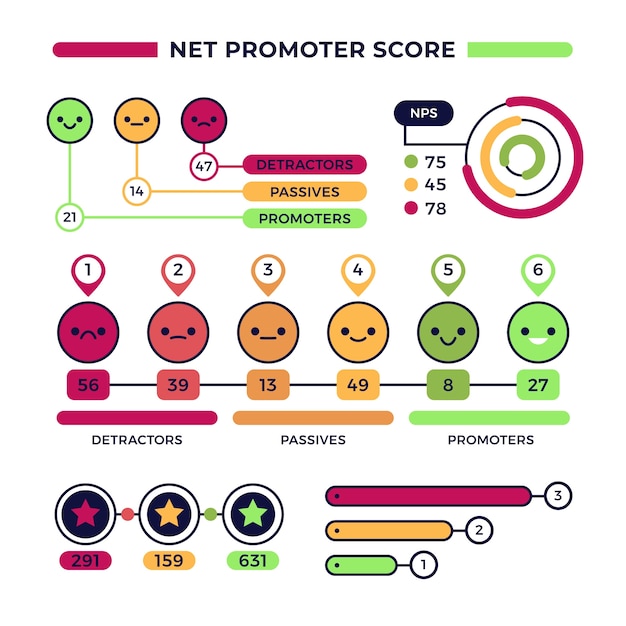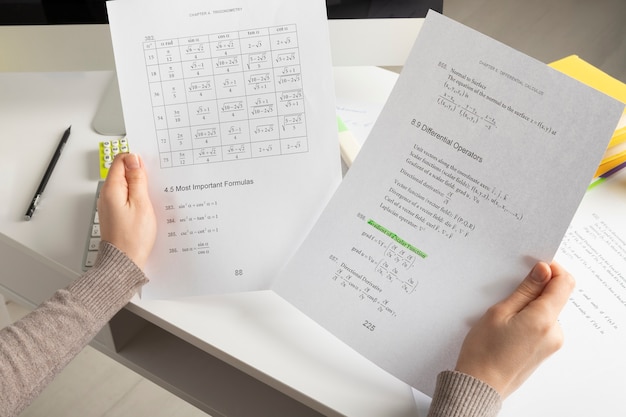
Adjective and adverb placement is an essential aspect of grammar that plays a crucial role in conveying the correct meaning and maintaining the coherence of a sentence. Understanding where to position these descriptive words can greatly impact the overall clarity and effectiveness of your writing. In this article, we will explore the rules and guidelines for correctly placing adjectives and adverbs in sentences.
Before delving into the specifics of adjective and adverb placement, it is important to understand the difference between the two. Adjectives modify or describe nouns, while adverbs modify or describe verbs, adjectives, or other adverbs. Adjectives provide additional information about the noun they modify, such as its size, color, or quantity, whereas adverbs provide information about the manner, time, place, frequency, or degree of an action or state.
Let’s begin by discussing the placement of adjectives in a sentence. Generally, adjectives are placed directly before the noun they modify. This placement helps to establish a clear relationship between the adjective and the noun. For example:
– The **beautiful** sunset painted the sky with vibrant colors.
In this sentence, the adjective “beautiful” is placed before the noun “sunset” to describe its quality. This placement creates a more vivid image in the reader’s mind.
However, there are instances when adjectives can be placed after the noun. This usually occurs when using certain linking verbs like “be” and “seem.” For example:
– The sunset was **beautiful**.
In this case, the adjective “beautiful” follows the linking verb “was” and still describes the noun “sunset.”
Additionally, when multiple adjectives are used to modify the same noun, a specific order is typically followed. This order is based on categories such as opinion, size, age, shape, color, origin, and material. For example:
– She wore a **lovely, long, black** dress.
In this sentence, the adjectives are arranged in the order of opinion (lovely), size (long), and color (black).
Now, let’s move on to the placement of adverbs in a sentence. Adverbs are more flexible in terms of placement compared to adjectives. They can be placed before or after the verb, adjective, or another adverb they modify. For example:
– She **quickly** ran towards the finish line. (Before the verb)
– The dog is **extremely** friendly. (Before the adjective)
– He speaks English **fluently**. (Before the adverb)
Adverbs can also be placed at the beginning or end of a sentence to emphasize a particular aspect. However, when an adverb modifies the entire sentence, it is usually placed at the beginning. For example:
– **Interestingly**, I discovered a hidden treasure. (Modifying the whole sentence)
– I discovered a hidden treasure, **fortunately**. (Modifying the verb)
Now that we have covered the basics of adjective and adverb placement, let’s test your understanding with some practice exercises. Try to identify the correct placement of the adjectives or adverbs in the following sentences:
1. She played the piano (beautifully, beautifully) last night.
2. He is a (highly, highly) intelligent student.
3. The cat chased (playfully, playfully) the ball around the room.
Answers:
1. She played the piano **beautifully** last night.
2. He is a **highly** intelligent student.
3. The cat chased the ball around the room **playfully**.
Understanding the proper placement of adjectives and adverbs is crucial for effective communication and clear writing. By following the rules and guidelines outlined in this article, you can enhance your grammar skills and ensure your sentences convey the intended meaning with precision. So, keep practicing and incorporating these principles into your writing to become a more confident and proficient communicator.






